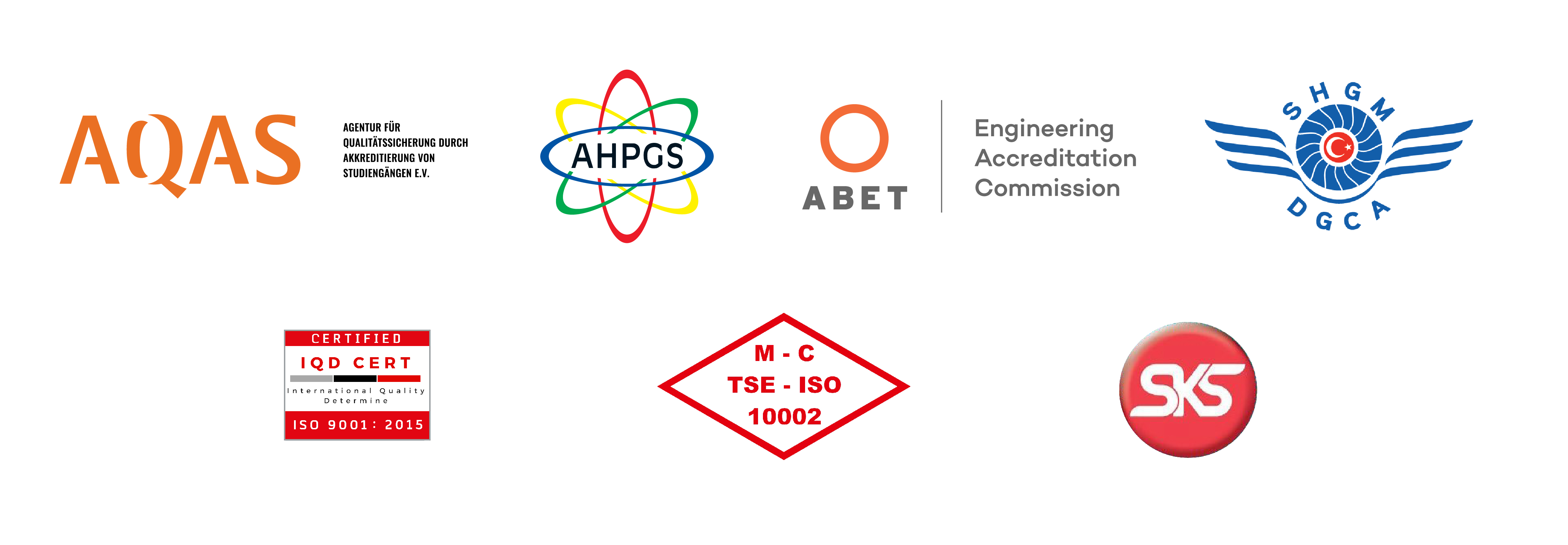This illness is difficult to diagnose
Emphasizing that attention deficit and hyperactivity disorder (ADHD), which has been on the agenda of children for the last ten years, is also high in adults, Asst. Prof. Alişan Burak Yaşar stated that according to the results obtained in a study, one out of every twenty adults has this disease, and said, "Six percent of adults have attention deficit and hyperactivity disorder."
Defining attention deficit and hyperactivity disorder as a kind of "hidden pandemic", Istanbul Gelisim University Asst. Prof. Alişan Burak Yaşar pointed out that the incidence of this lifelong disease in adults is quite high. In a meta-analysis article, especially in adults, 6 to 7 percent of attention deficit and hyperactivity disorder were detected, Asst. Prof. Yaşar said, “At least one out of every 20 people have symptoms of this disease.”
Stating that if the disease started in childhood in an individual, the neurobiological symptoms and complaints may continue throughout life, Yaşar noted that the disease can be noticed as hyperactivity in children and predominantly attention deficit in adults. Yaşar emphasized that in studies on this subject, if a child has attention deficit and hyperactivity, it is highly likely that one of his parents will also have it.
VERY LOW DETECTION RATE
Mentioning the low rate of recognition of attention deficit and hyperactivity disorder, Yaşar said, “The development of psychology and psychiatry has accelerated in the last hundred years. Many diagnoses and classifications that we use in diagnostic books today actually consist of various categories that started in the 1930s and are updated approximately every 10-15 years. Therefore, it seems that the way we will go about mental illnesses is much longer. In addition, it is still very difficult to diagnose mental illnesses. We still mostly identify and treat diseases at the syndromic level. In this respect, we can link the developments in attention deficit and hyperactivity disorder to the studies in the last two decades.”
CAUSES TRAUMA IN THE INDIVIDUAL
Stating that the disease progresses differently in adults and children, Yaşar said, “There are two parts of attention deficit and hyperactivity disorder. One of them is attention and the other is mobility symptoms. What is noticeable in children is more hyperactivity that attracts attention. If the child looks naughty, can't stand still and shows activity, it is immediately noticed and expressed as hyperactive in the society. However, as age progresses, mobility decreases and attention deficit remains dominant. For example, when an individual is given a sequential task, they cannot organize the given task and gets bored quickly. When they start a job, they show a high performance at first, but when the feature of being new wears off, they have difficulty in maintaining that job, they get bored and their performance drops rapidly. These individuals are often clumsy. In this syndrome, which we abbreviate as ADHD, they forget their belongings somewhere, lose them and have a hard time finding them. They cannot focus on their environment and when a question is asked, they try to answer it before the question ends or they interrupt the conversation in the middle. They are also bad at time management. They can't organize the time, so they are either late for meetings or come too early to make up for it. We see such people very often in our daily lives and unfortunately we label them as lazy and act as if they are so on purpose. People also see these situations as personality traits. Thus, they may have a much lower performance than they can do. In addition, we consider attention deficit mostly career-oriented, but it affects social relations more. It can lead to consequences up to exclusion in social relations, and this can cause a lot of trauma in the person.”
HIGHLY COMMON
Talking about the treatment methods of the disorder, Yaşar said, “If we roughly express attention deficit and hyperactivity disorder, we can say that it is a filter disorder in the mind that collects and maintains attention. This disease is like a hidden pandemic because it is so common and affects quality of life. In this regard, professional treatment is very important. The most important treatment method is pharmacological treatment. In addition, there are drugs that will improve people's quality of life. There are also various methods of psychotherapy and social interventions. We saw that our patients also took some precautions to manage the disease. We have patients who keep daily notes, plan their lives and work lives, and develop various tactics in order not to be late for their destination. We use a variety of such strategies for our patients in psychosocial interventions and therapies. However, the most important treatment method is the drug treatment.”
.jpg) Created Date: : Monday, August 2, 2021
Created Date: : Monday, August 2, 2021
.jpg) Created Date: : Monday, August 2, 2021
Created Date: : Monday, August 2, 2021







